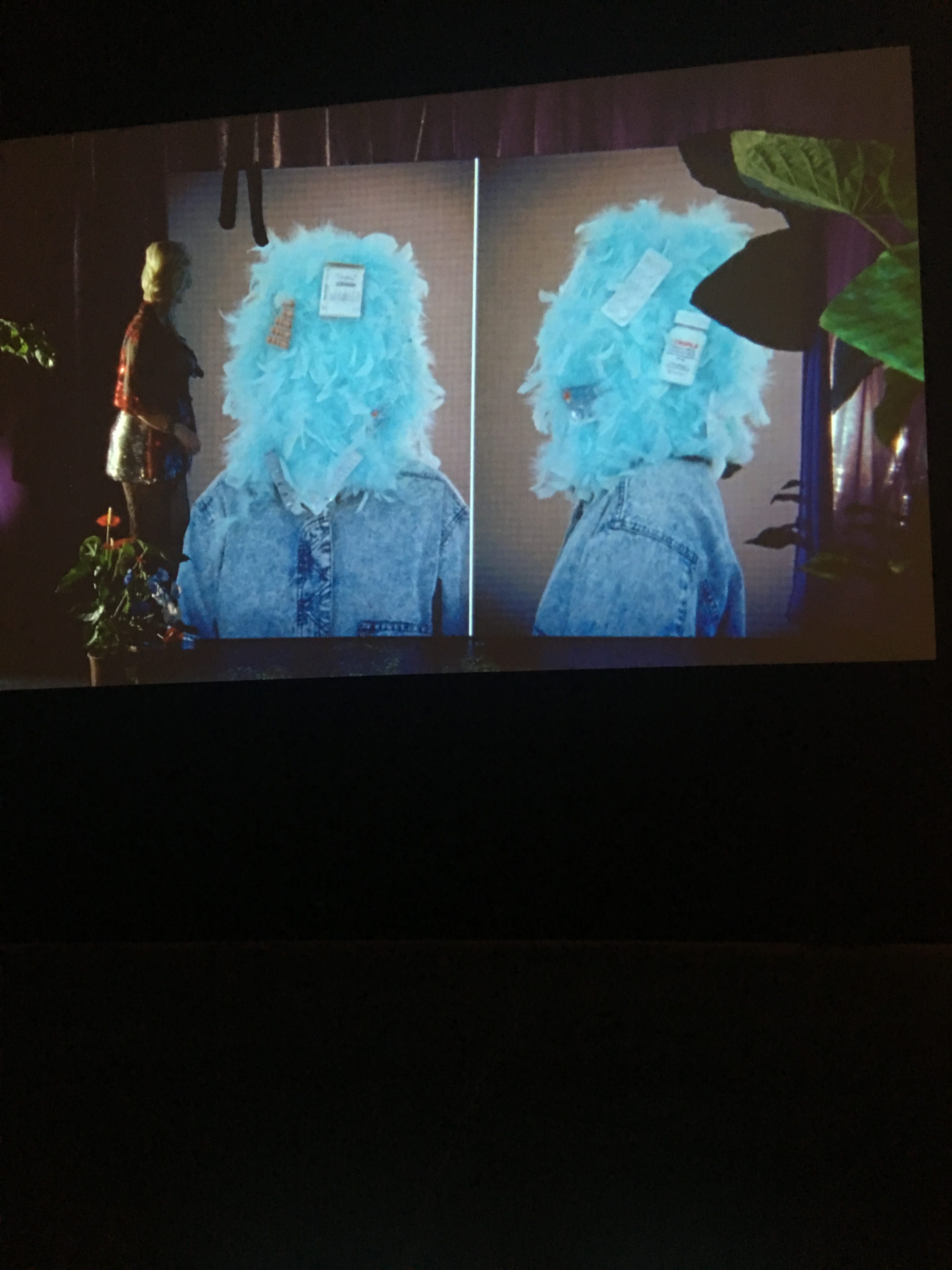CONTEXT
Bridge 3 was an intense piece, in that it was the first in which outside works were used to support our work, and also in that the topic of the essay was rather difficult to write about. The piece features my personal views on masculinity and femininity, gender roles and more on the topics. The exhibit at the New Museum was really inspiring, which helped me write this piece more fluidly. I focused on the piece “Toxic” and examine the film in my essay.
EXHIBITION PHOTOS
ESSAY
PREVIOUS POST BODY
- Berger, Maurice. Constructing Masculinity. New York, NY: Rouledge, Inc, 1995.
- Berger, Maurice. Constructing Masculinity. New York, NY: Rouledge, Inc, 1995.
REFLECTION
During this bridge, I developed my skills in analysis of art. By deeply looking at “Toxic”, I really began to understand it and I think that benefitted my writing process immensely. I learned a lot about gender in this Bridge; I didn’t know many of the things we read about in our readings before. An unexpected challenge with this piece was finding a good way to connect the piece of work from the exhibition to my piece while seamlessly integrating it there.





